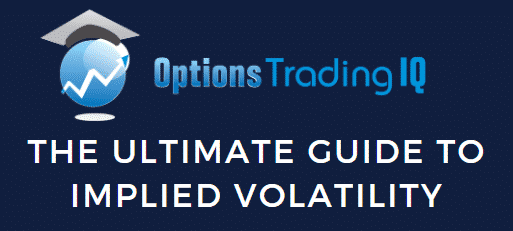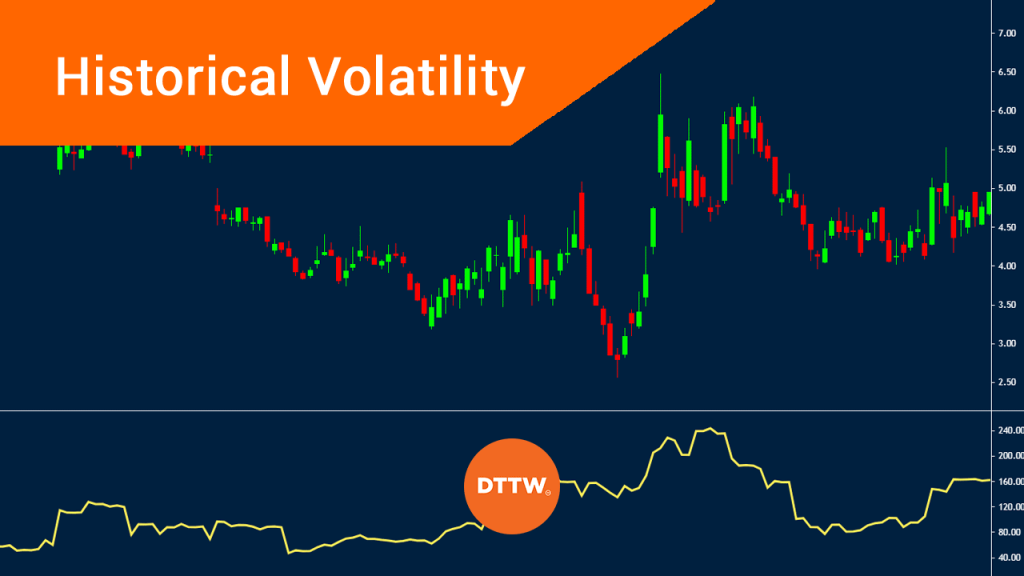Volatility, the ever-present companion of financial markets, has become an integral part of option trading, both a bane and a boon. This comprehensive guide explores the enigmatic world of volatility in option trading, delving into its history, mechanics, and strategies to empower traders to navigate this dynamic environment effectively.

Image: optionstradingiq.com
Delving into Volatility: A Conceptual Foundation
Volatility, in market parlance, refers to the extent of price fluctuations in an asset over time. It quantifies the level of uncertainty surrounding future price movements and plays a crucial role in option pricing. Higher volatility implies greater price swings, while lower volatility indicates relatively stable prices.
The Mechanics of Option Pricing and Volatility
Understanding the relationship between option pricing and volatility is paramount. Options, financial instruments that grant the right but not the obligation to buy (in the case of call options) or sell (in the case of put options) an underlying asset at a specified price (strike price) on or before a certain date (expiration date), derive their value from the interplay of several factors:
- Underlying Asset Price: The current price of the underlying asset significantly influences option pricing.
- Exercise Price (Strike Price): The difference between the underlying asset price and the strike price determines whether an option is in-the-money (ITM), at-the-money (ATM), or out-of-the-money (OTM).
- Time to Expiration (Time Decay): As an option approaches its expiration date, its value diminishes due to time decay.
- Interest Rates: Changes in interest rates can also impact option pricing, though to a lesser extent.
Volatility, however, reigns supreme among these factors. It serves as a critical determinant of option value, directly influencing the premium a buyer pays for an option. The higher the volatility, the more expensive the option. This is because higher volatility implies a greater chance of price movements that could lead to a profitable trade.
Navigating the Volatility Maze: Strategies for Success
While volatility can be a double-edged sword, traders can harness it to their advantage by employing effective strategies.
1. Implied Volatility: Implied volatility (IV) is an estimate of future volatility based on current market prices. By analyzing historical volatility and market conditions, traders can gauge the expected level of volatility and make informed decisions about option pricing.
2. Volatility Skew: Volatility skew refers to the difference in implied volatility across different strike prices or expiration dates for the same underlying asset. Traders can exploit volatility skew by selling options with higher IV and buying options with lower IV to create a balanced portfolio.
3. Volatility Spreads: Volatility spreads involve the simultaneous purchase of one option contract and the sale of another option contract with a different strike price or expiration date. By constructing volatility spreads, traders can mitigate the impact of volatility while capturing potential profits.

Image: www.youtube.com
Volatility In Trading Options

Image: www.daytradetheworld.com
Conclusion: Embracing Volatility, Empowerment through Knowledge
Volatility is a cornerstone of option trading, presenting both opportunities and risks. By mastering the concepts discussed in this guide, traders can gain invaluable insights into the dynamics of volatility. Armed with this knowledge, they can navigate the choppy waters of volatile markets, make informed decisions, and enhance their chances of success in the realm of option trading.






